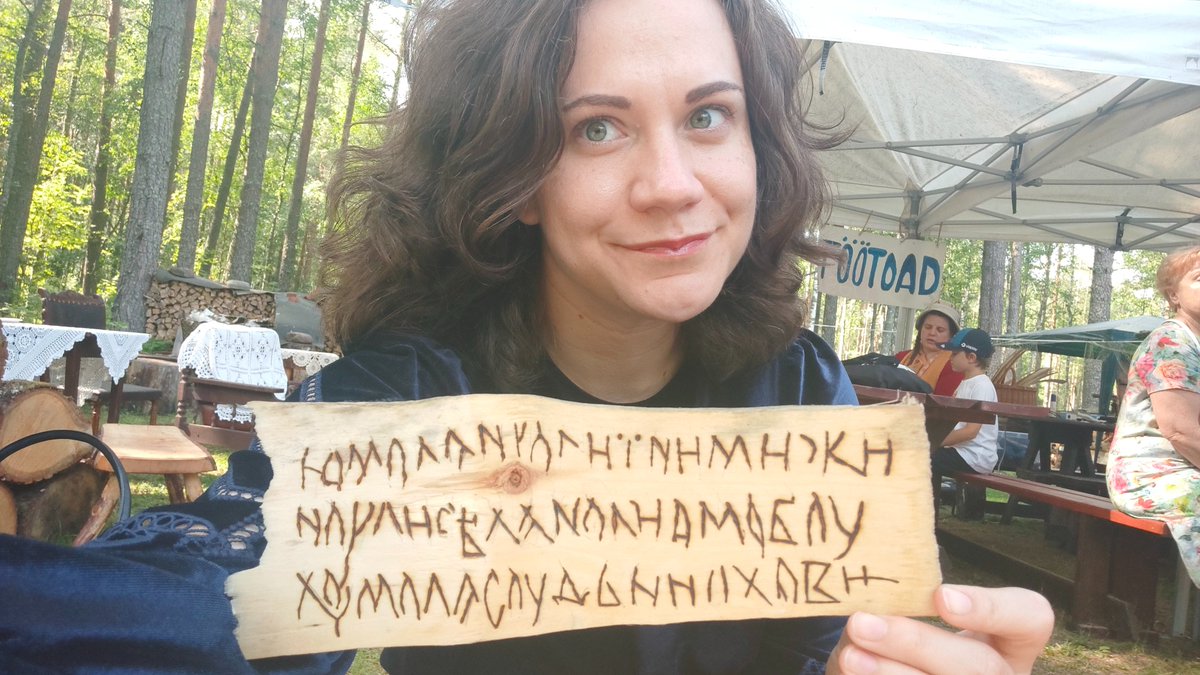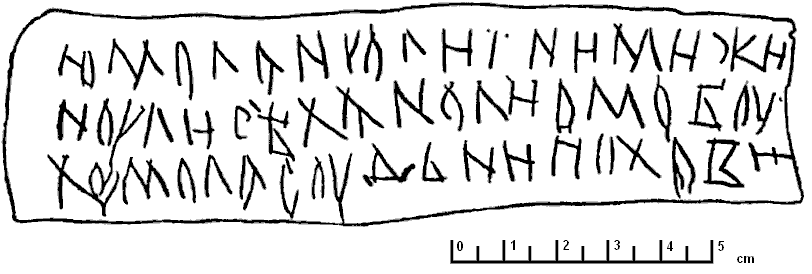Helena Bibowa, the oldest and only surviving native speaker of a tiny language called Wymysiöeryś is turning 102 today.
In honor of that, let me take you along on the story of Wymysiöeryś.
It's of death and resurrection, and a hefty deal of random, but I promise it's a happy one.
In honor of that, let me take you along on the story of Wymysiöeryś.
It's of death and resurrection, and a hefty deal of random, but I promise it's a happy one.
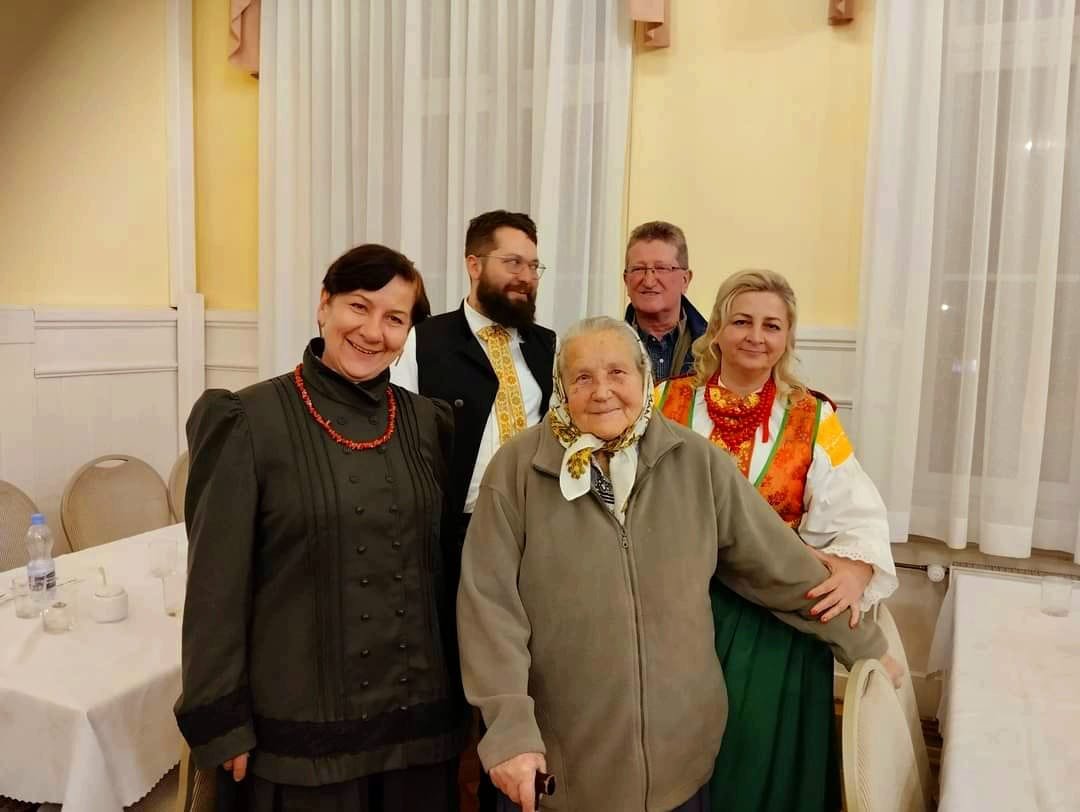
Wymysiöeryś is a unique and archaic Germanic microlanguage spoken in Southwest Poland in and near the town of Wilamowice.
It's considered to be an East Central German remnant with a lot of Polish influence.


It's considered to be an East Central German remnant with a lot of Polish influence.


Despite its ridiculosly small size, it preserved for hundreds of years as its speakers - relatively wealthy weavers, traders, vegetable farmers - lived isolated from the neighboring Polish villages and practiced endogamy.




Wymysiöeryś didn't have a written standard until the turn of the 20th century, when speaker Florian Biesik settled in Trieste. Inspired by Dante and the birth of Italian written language, he wrote his poems in Wymysiöeryś and placed them between the pages of Divina Comedia. 
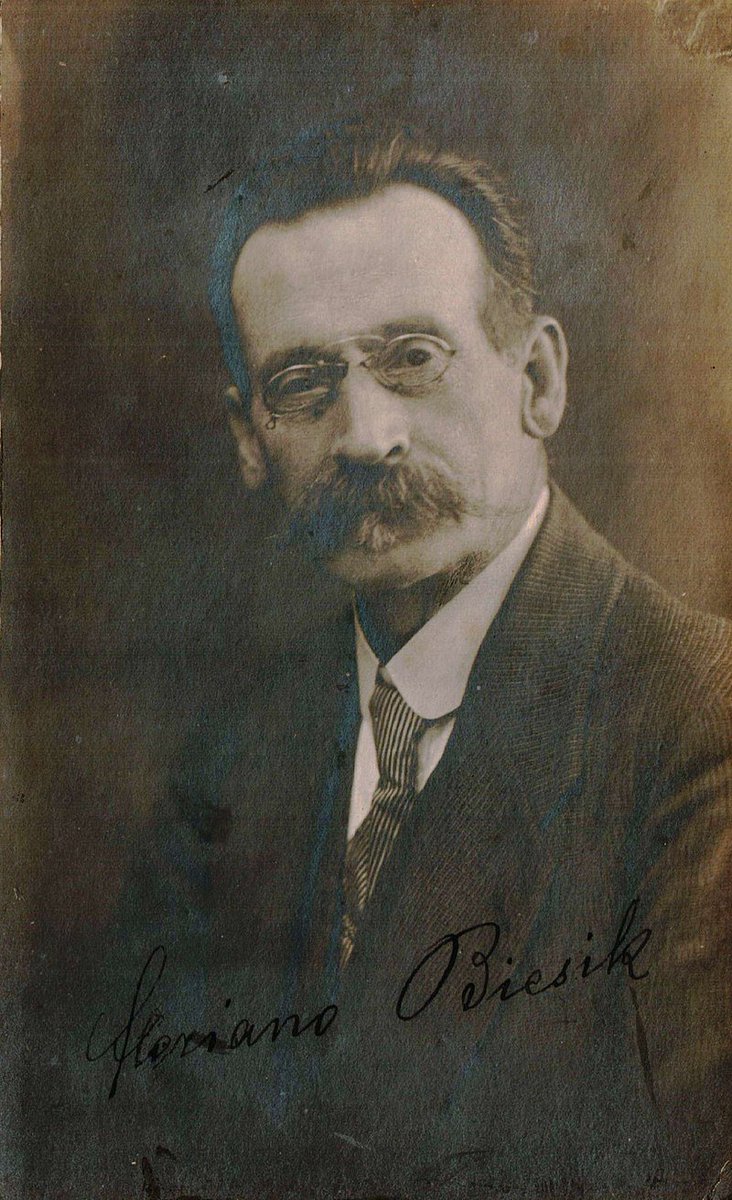
Enter Easter 1946, and all German speakers are expelled from Poland. In desperation, Wymysiöeryś speakers banned the usage os Wymysiöeryś in all spheres of life, even home. They committed linguistic suicide, and refused to pass Wymysiöeryś on to their children. 
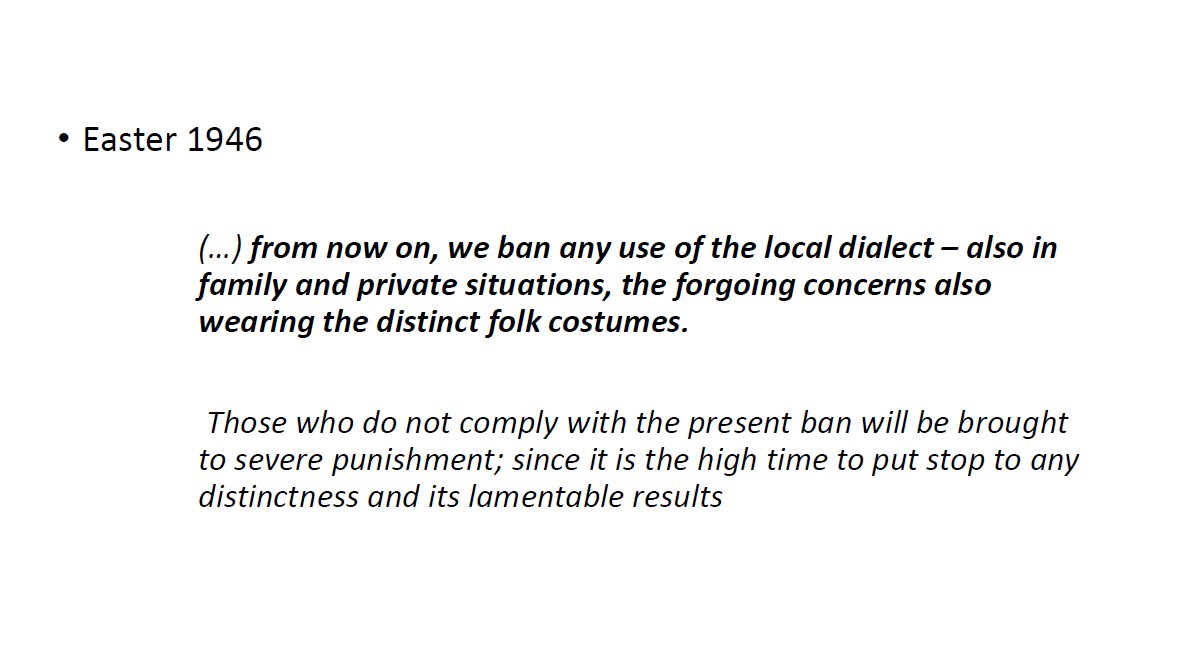
In 1989, young PhD student Tomasz Wichierkiewicz visited Wilamowice, in search of the remaining speakers.
There, between the pages of an old Divina Comedia, he found Florian Biesik's works - the only surviving document of written Wymysyöeryś.


There, between the pages of an old Divina Comedia, he found Florian Biesik's works - the only surviving document of written Wymysyöeryś.
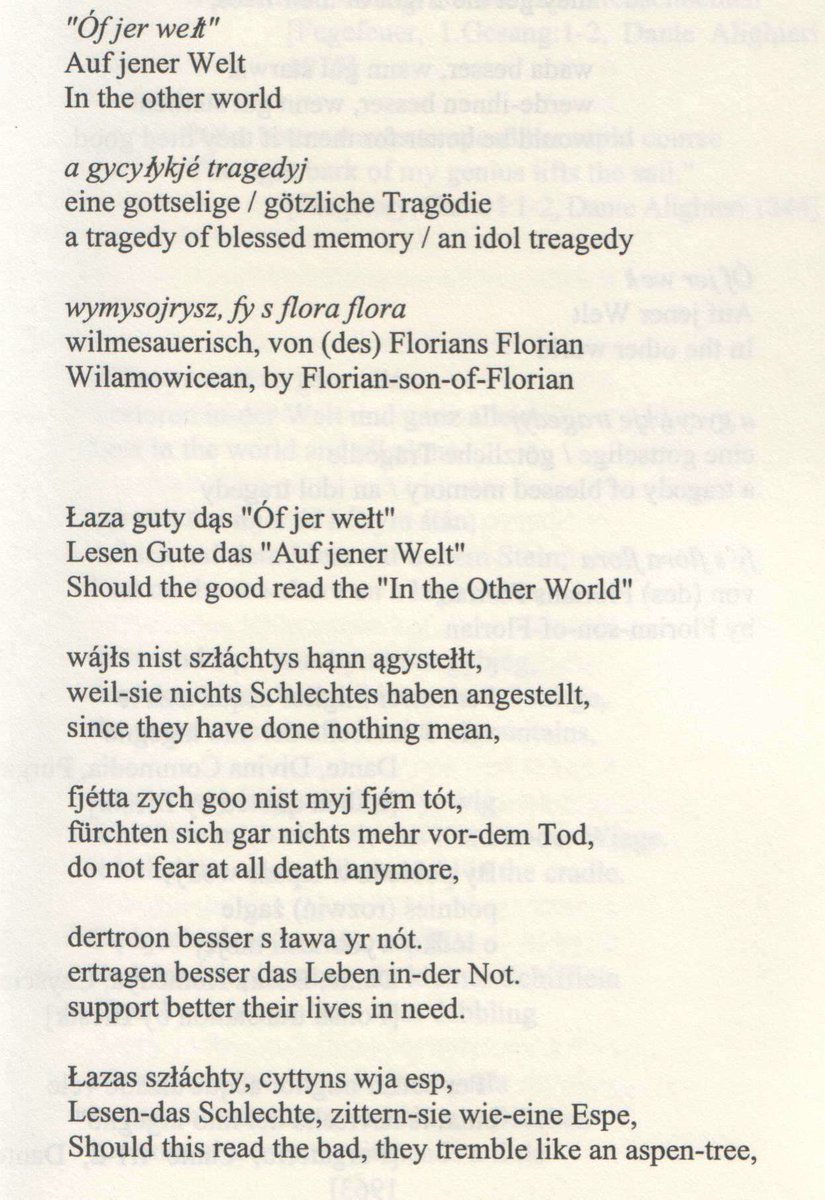
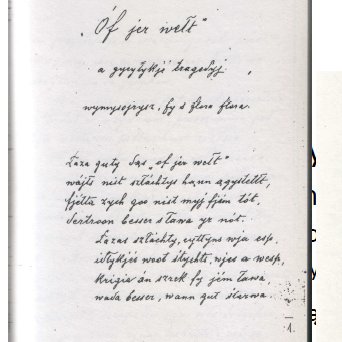
This was a remarkable linguistic find. Wicherkiewicz completed his PhD thesis on the remains of Wymysiöeryś and concluded it would soon die out, as all speakers are elderly.
Enter a young physicist couple in the 90s, settling in Wilamowice, needing a nanny for their infant son.
Enter a young physicist couple in the 90s, settling in Wilamowice, needing a nanny for their infant son.
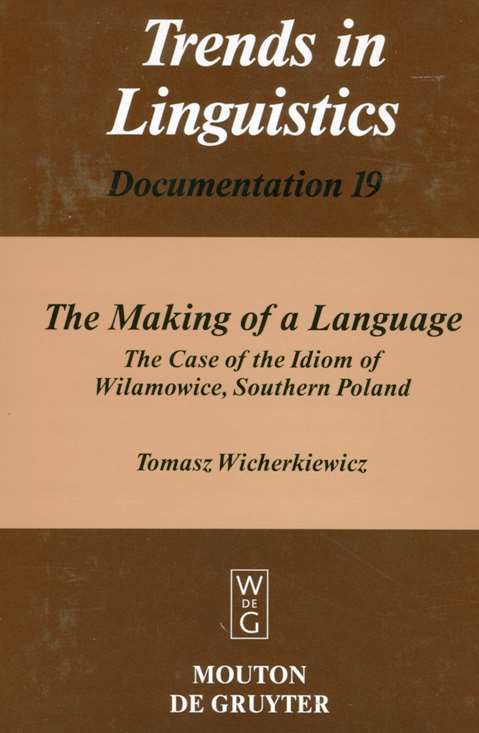
And you guessed it - the chosen nanny's native language was Wymysiöeryś. She, as one would, spoke her native language to the child.
The child, Tymoteusz, turned out to be a language genius. At age 2, he learned to write to be able to write down what her nanny was saying.
The child, Tymoteusz, turned out to be a language genius. At age 2, he learned to write to be able to write down what her nanny was saying.
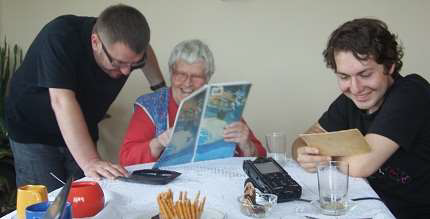
At 10, he started compiling word lists. At 11, he created the first alphabet. At 14, he applied to have a language code for her nanny's tongue. In 2007 it got the code WYM. At 15, he finished the first dictionary and started teaching Wymysiöeryś to his friends.



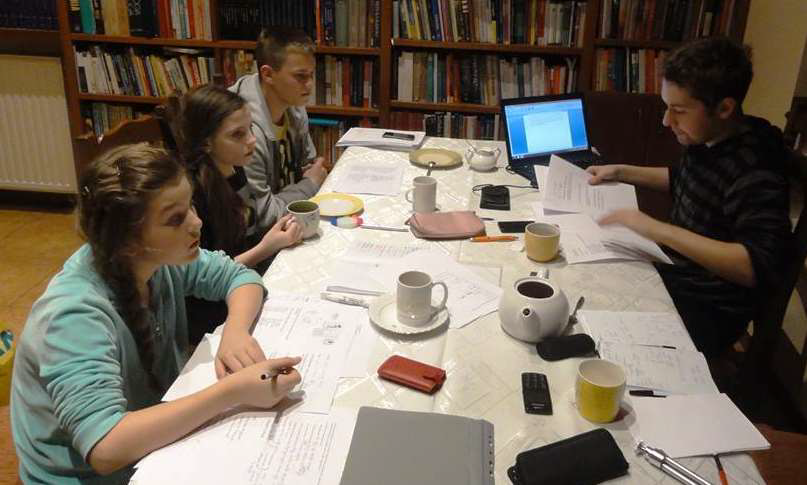
The revitalization kicked in when he reconnected to Tomasz Wicherkiewicz, who had since become a trained sociolinguist. Together, they collected over 1000 hours of recordings.
His association, Circle of Wilamowicean Culture, started raising money and publishing books.



His association, Circle of Wilamowicean Culture, started raising money and publishing books.
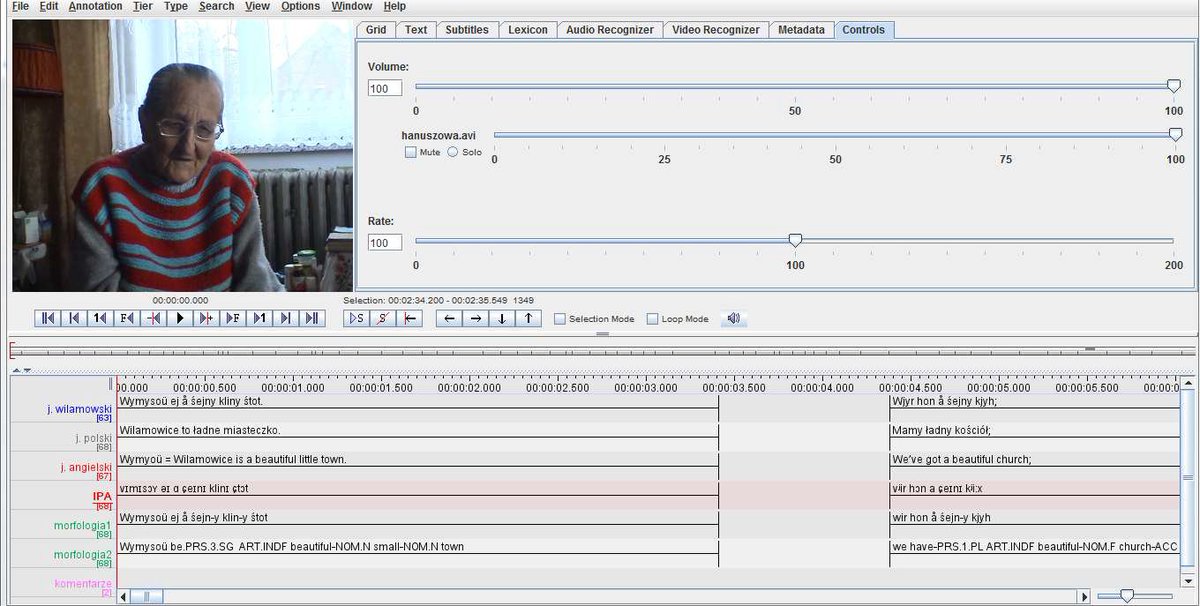
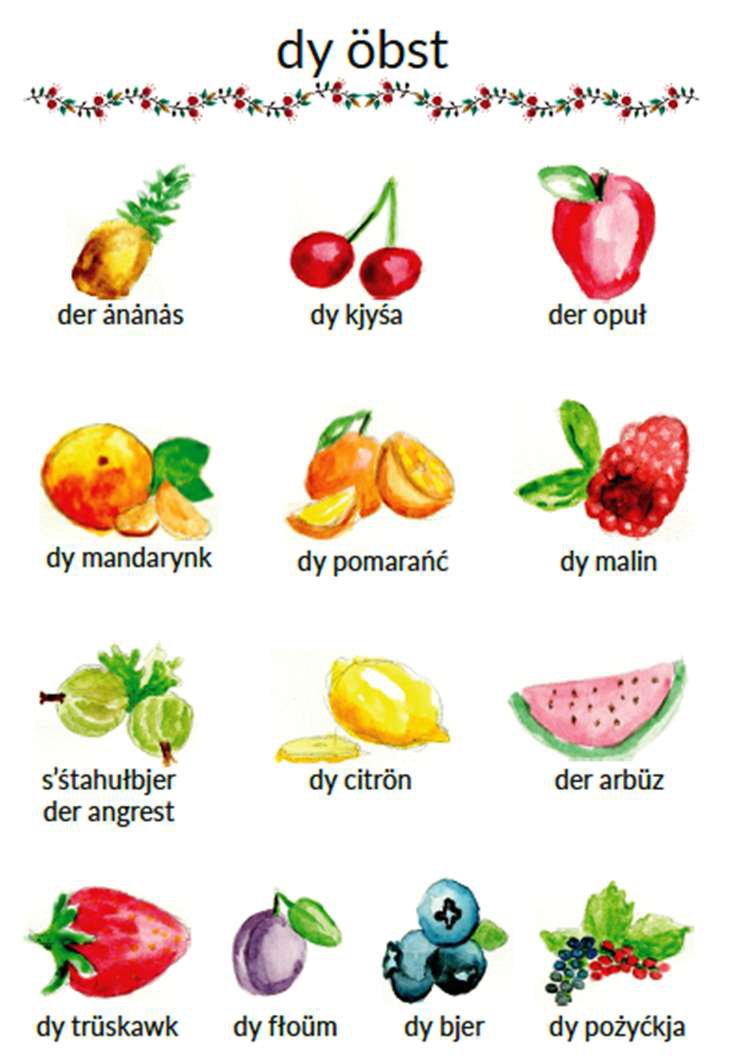
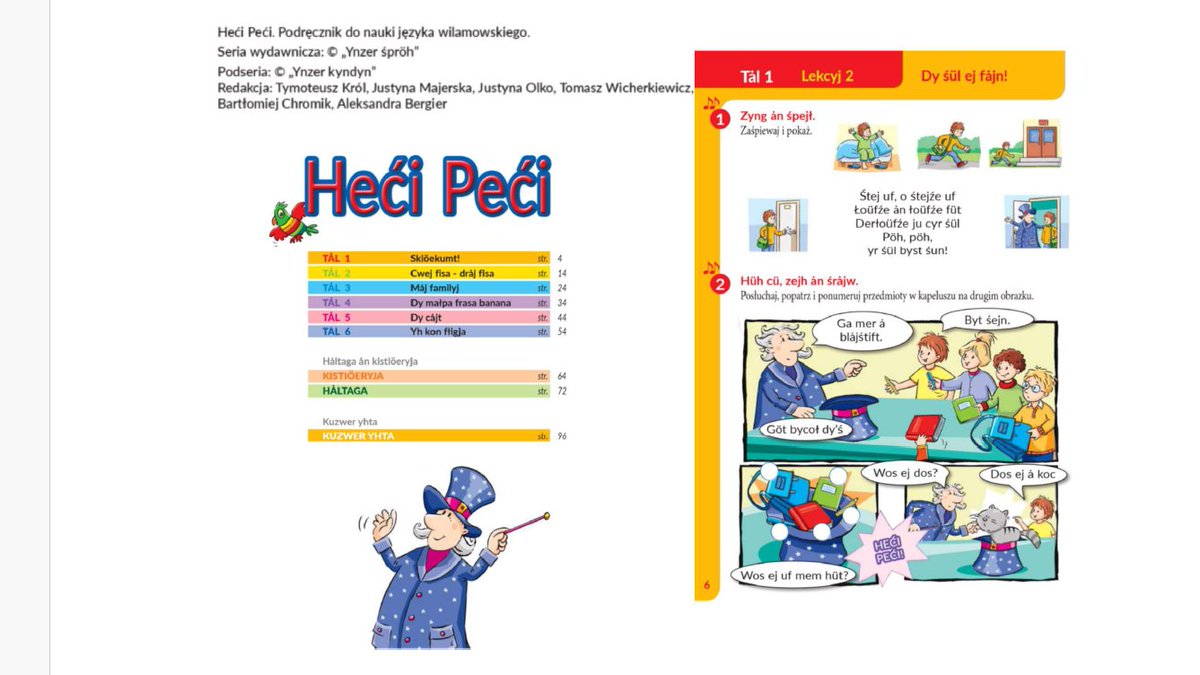
The project was so moving the whole community tagged along. Learning Wymysiöeryś, rediscovering the culture (Tymoteusz is credited for bringing back local menswear) became a popular extracurricular activity. Social evenings with old speakers often stretched well into the night.
The Wymysiöeryś revitalization was so successful it attracted international attention. In 2014, it hosted the international conference Endangered Languages: Comprehensive Models for Research and Revitalization".
The nanny passed away the next year.


The nanny passed away the next year.
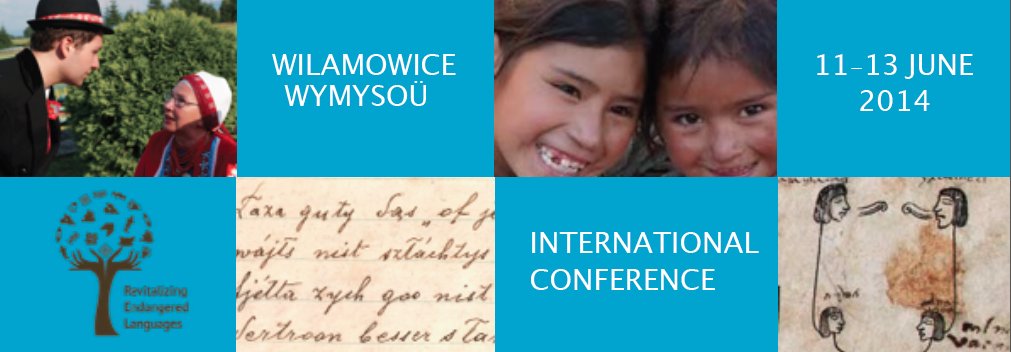
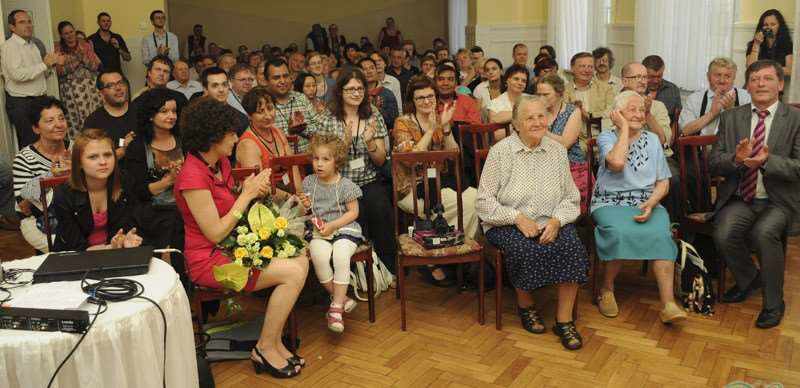
According to Tomasz, in 2014, when PiS came to government, fundings dried up.
But the genie was already out of the bottle: bilingual welcome signs were already up, the language kept popping up in public spaces, The Little Prince was translated to Wymysiöeryś (by Tymoteusz & co).



But the genie was already out of the bottle: bilingual welcome signs were already up, the language kept popping up in public spaces, The Little Prince was translated to Wymysiöeryś (by Tymoteusz & co).
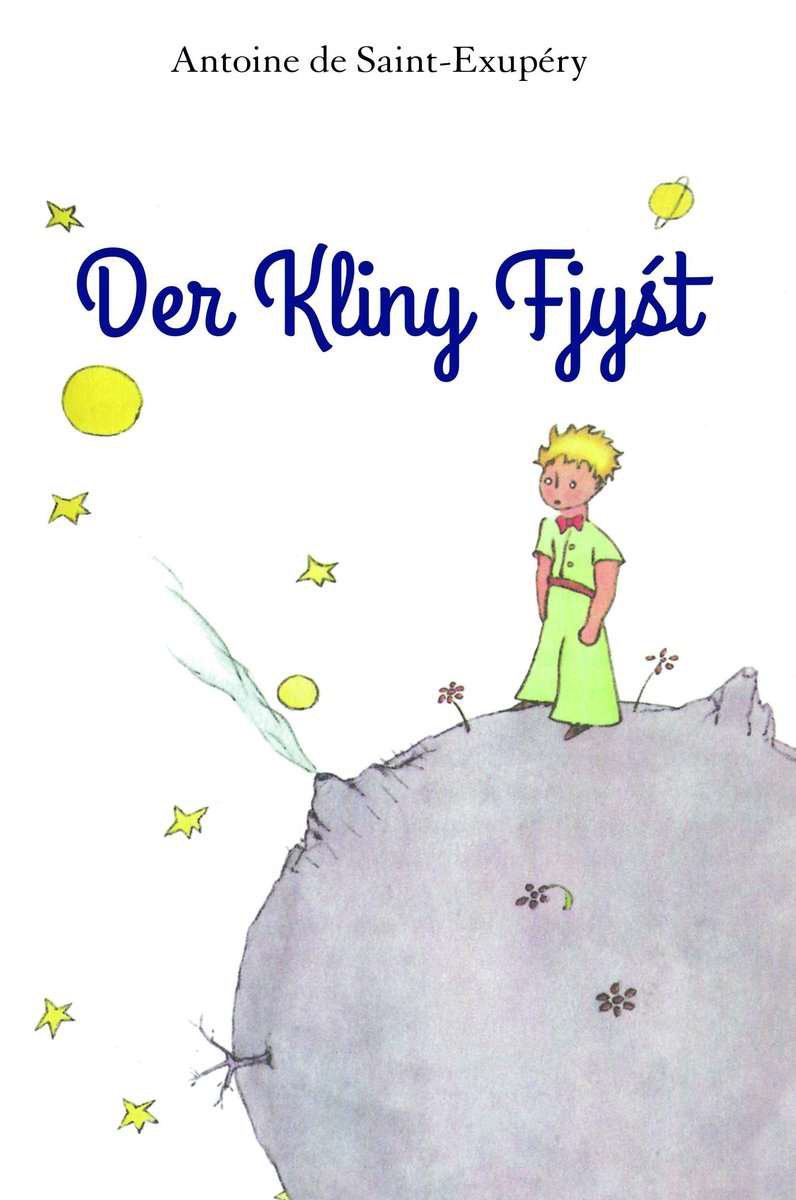
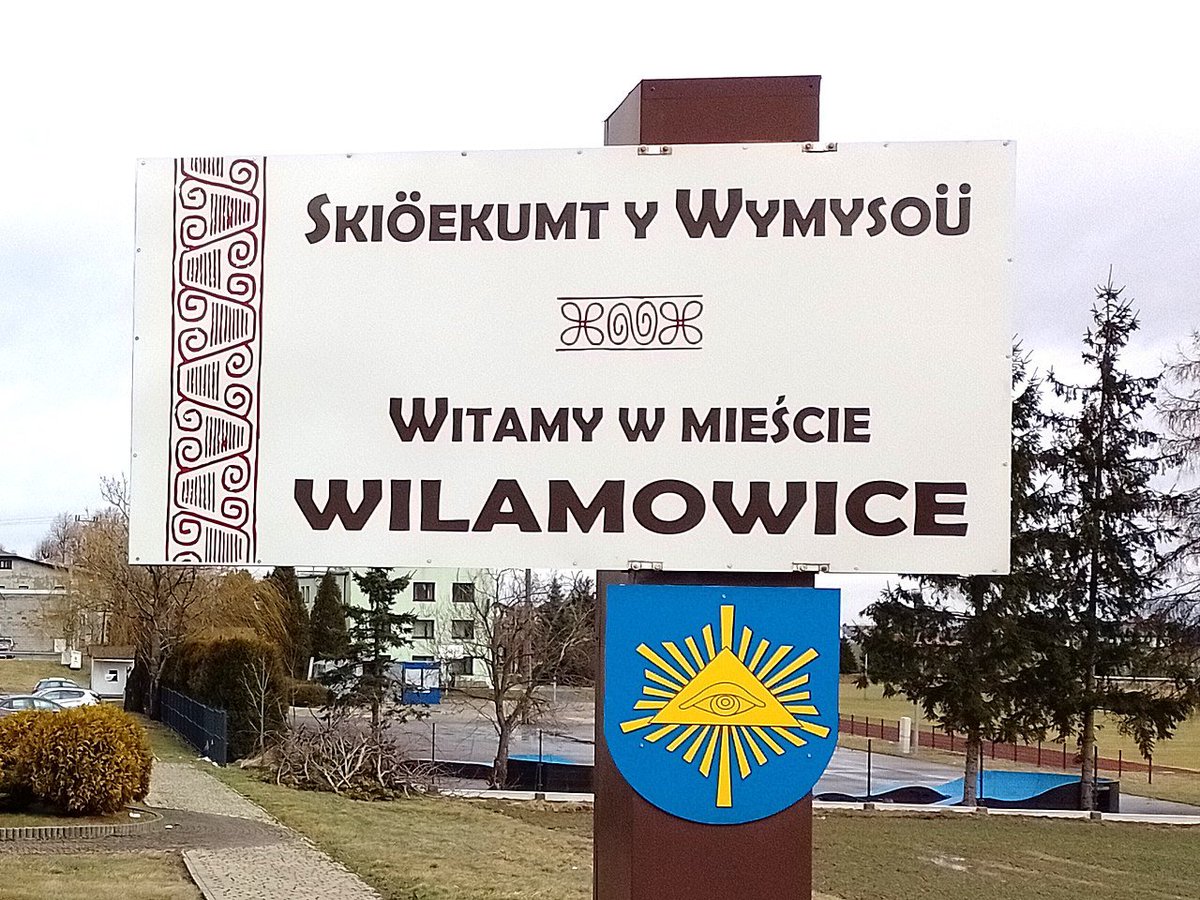
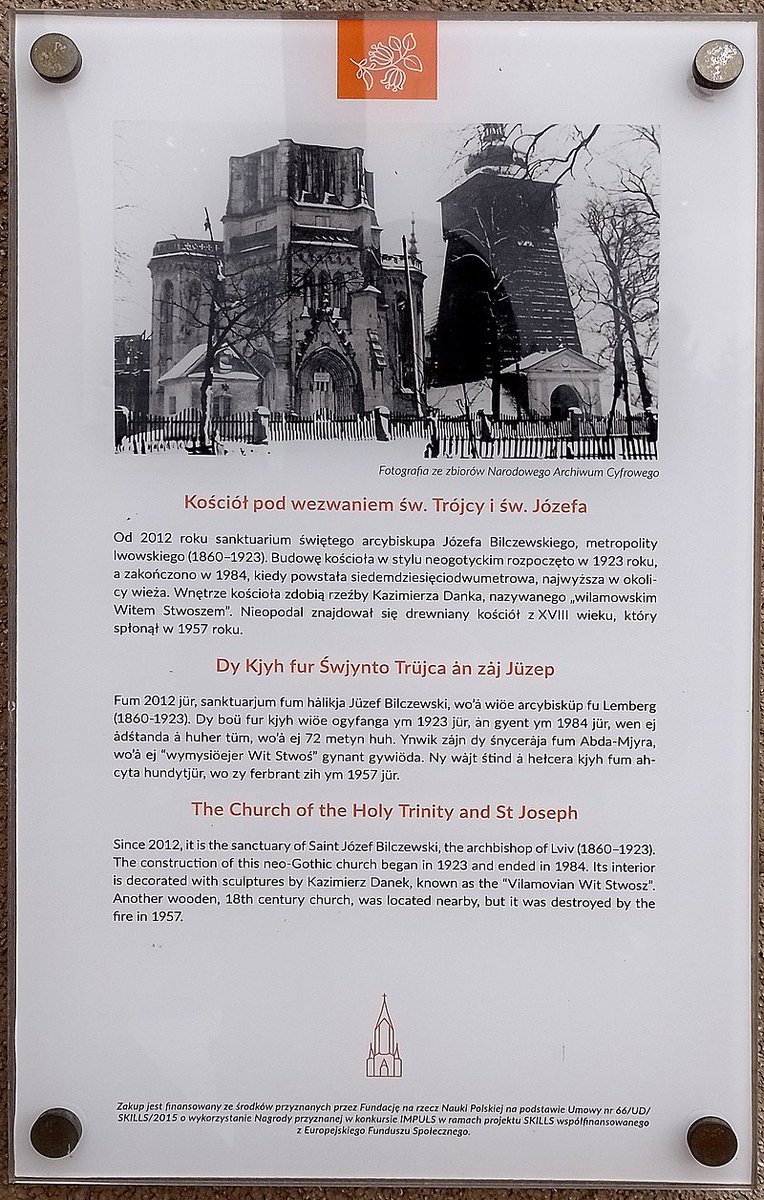
Especially popular was the amateur theatre group. They brought The Little Prince on stage, then switched to The Hobbit, which was even played in Warsaw. (I'm pretty sure Tolkien would rejoice in such an initiative.) In 2016, it was Florian Biesik's historic poem brought on stage.



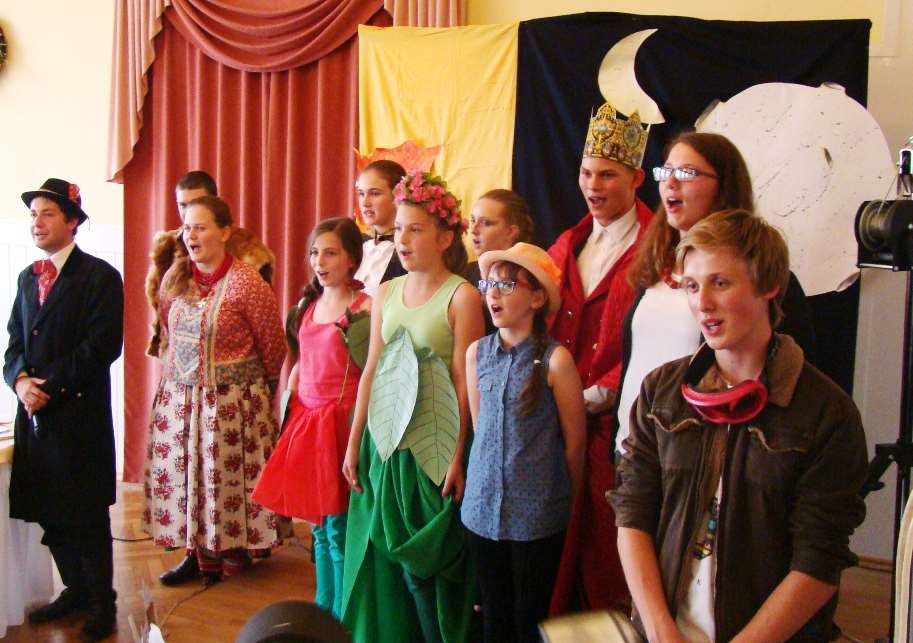
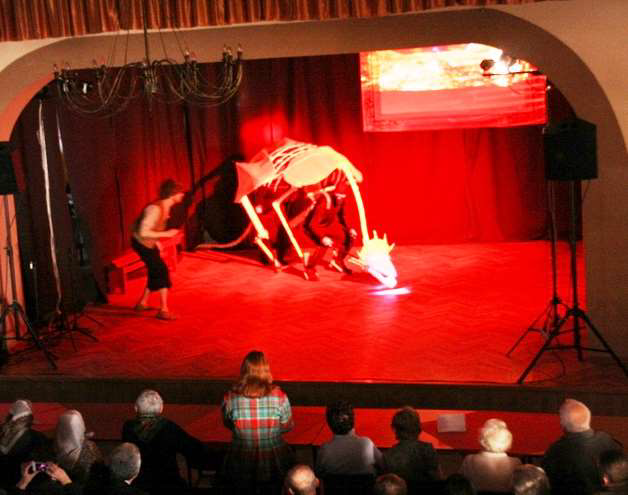
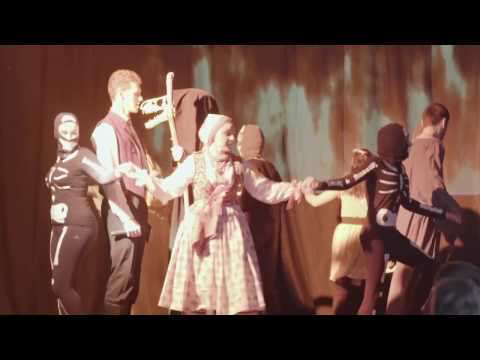
These people have long been fighting to get Wymysiöeryś official minority language recognition in Poland.
Helena Bibowa, already nearing 100, kept threatening the city council she would not die until Wymysiöeryś is recognized, but in case she does, she will haunt them forever.
Helena Bibowa, already nearing 100, kept threatening the city council she would not die until Wymysiöeryś is recognized, but in case she does, she will haunt them forever.
PiS is now out of power, and Wymysiöeryś revitalization hasn't waned a bit.
Tymoteusz now has a PhD in folklore, ethnology and cultural studies.
And last Thursday Tomasz, who was on an Erasmus professor exchange in Tartu, came to his lecture with a huge smile on his face.
Tymoteusz now has a PhD in folklore, ethnology and cultural studies.
And last Thursday Tomasz, who was on an Erasmus professor exchange in Tartu, came to his lecture with a huge smile on his face.
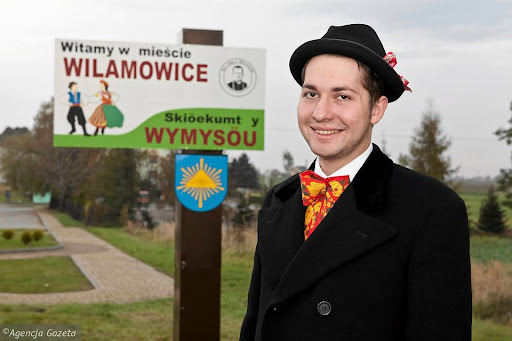
The day before he was invited to participate at a session of the Committee of National and Ethnic Minorities. The recognition of Wymysiöeryś as a minority language was debated.
The bill was passed on to the Parliament.
Helena Bibowa turned 102 today.
The bill was passed on to the Parliament.
Helena Bibowa turned 102 today.
Thank you for coming with me on this journey!
All information and pictures are shared with the blessing of Tomasz, who is a pure inspiration for all language revitalists.
Further reading can be found everywhere, especially here.
revitalization.al.uw.edu.pl/Content/Upload…
All information and pictures are shared with the blessing of Tomasz, who is a pure inspiration for all language revitalists.
Further reading can be found everywhere, especially here.
revitalization.al.uw.edu.pl/Content/Upload…
• • •
Missing some Tweet in this thread? You can try to
force a refresh


